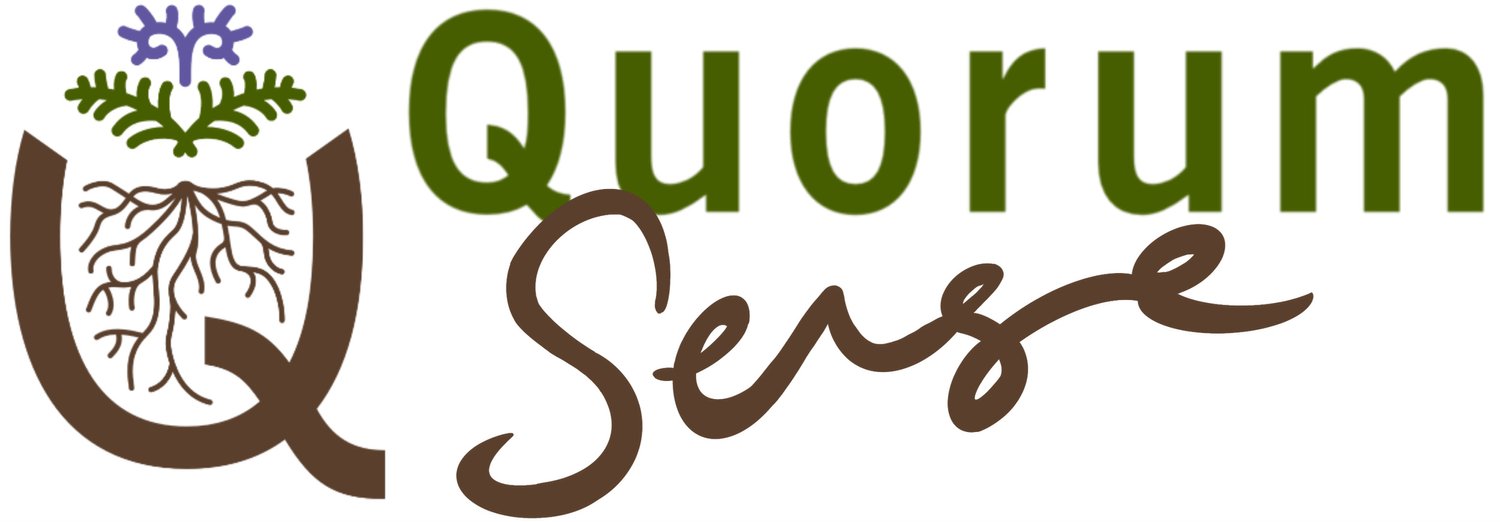Tomtit Farm - Connecting producer, consumer and nature
As part of the Quorum Sense Farm grown community case study we wanted to go back to grass roots, small scale farming to provide nutrient dense locally grown produce for kiwi communities.
Tomtit farm is a 1200m2 market garden in the affluent suburb of Matangi on the outskirts of Hamilton, Waikato. Tomtit is owned and operated by Brit Morrison with her family, hubby James and Brits parents, Stephen and Toni.
The farm has been operating as a Community Supported Agriculture (CSA) model growing vegetables and flowers. When asked for Brit’s definition of a CSA she said, “The broadest picture of what a CSA is essentially, it's a direct relation between a customer or the community and the farmer within an area. The farmer grows food and they have a community behind them and that community is essentially invested in the season because they want that farmer to grow in their community and support them in their community for that season.”
“The broadest picture of what a CSA is essentially, it's a direct relation between a customer or the community and the farmer within an area.
“The farmer grows food and they have a community behind them. And that community is essentially invested in the season, because they want that farmer to grow in their community - and support them in their community - for that season.”
Brit Morrison, Tomtit Farm
Mutual support and commitment
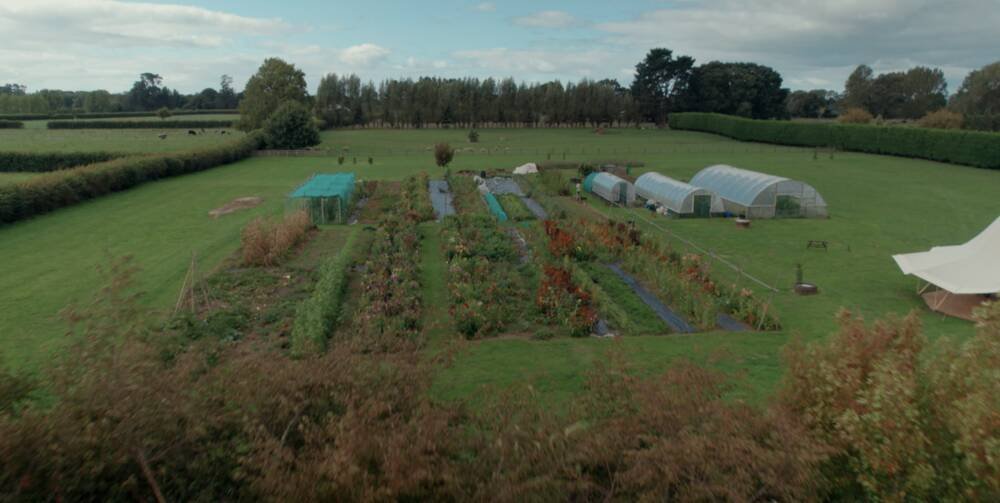
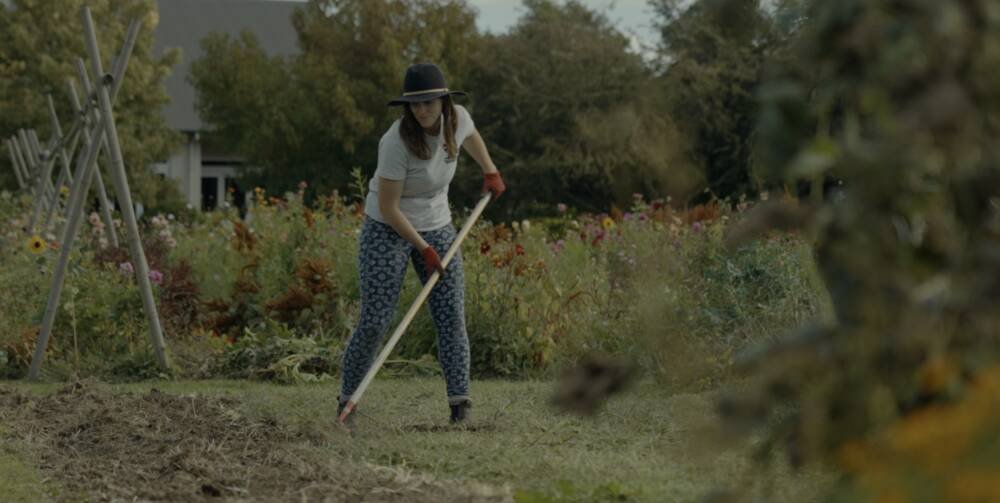
“Say we've got 100 families - 100 shares for my season - and people pre-sign up before the season starts and they make a commitment to that farmer for that whole growing season and that growing season might be about 10-15 weeks long,” explains Brit.
“Over that time those customers are committed to the farmer and the farmer’s committed to those customers, and they're on a bit of a journey together.
“Each week the farmer harvests what's available in their garden and they give that to the customer as their kind of share investment. The farmer knows exactly how much to harvest, they know who they're feeding, they know what they're harvesting and they can just focus on growing the food and harvesting exactly what they need.
“So there's very minimal food waste, very minimal food travel within that and there's not a lot of having to sell find people to buy your food each week,” she adds.
Building a community around food
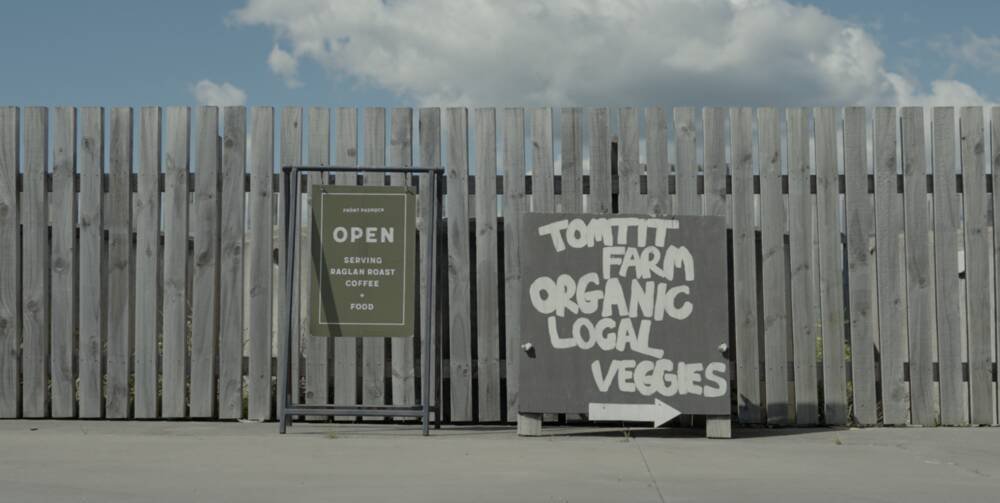
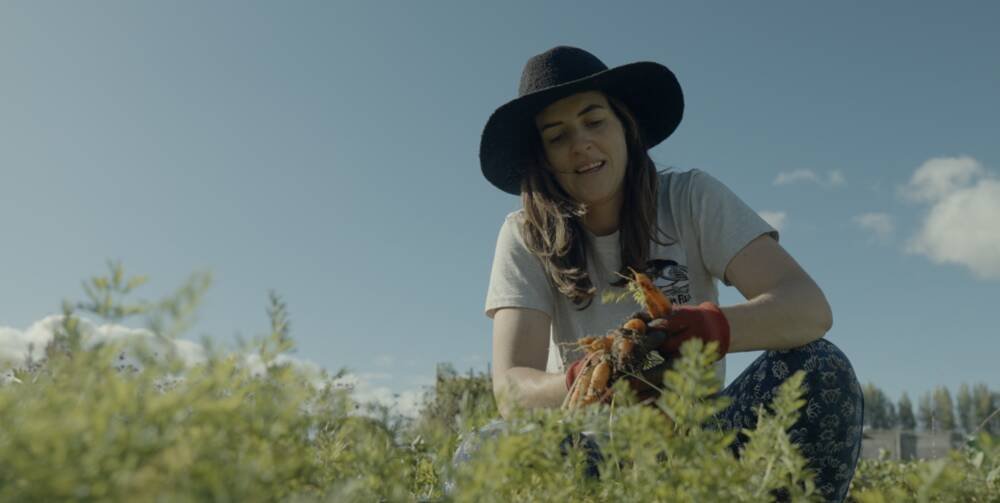
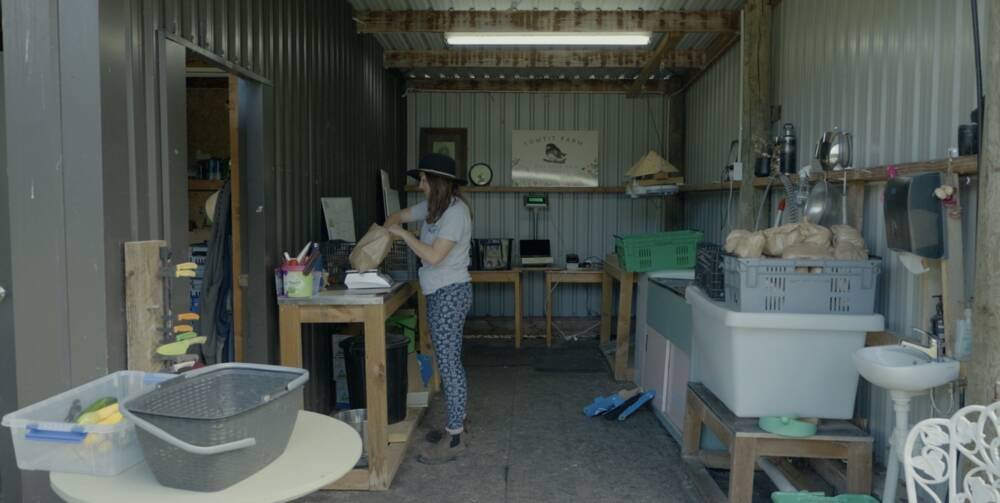
“It's really important for me to connect as a farmer to my community. We have a community Facebook group that all my customers join up so that we can communicate together, ask questions. I can post what's happening in the garden each week and we also create recipes and share recipes on that page and they get a recipe in their box as well and we do little, we do like little challenges in our CSA,” continues Brit.
“Sometimes we do like a food waste challenge. What are your tips in the kitchen to make sure that you use up most of the veggies? And everybody kind of just gets on board and shares kind of what they do. They might make like a stock and then freeze it into ice cubes and keep that in the freezer. Or one of my favourites was like a Sunday night ‘clean out the fridge’ pizza night where they used to use the rest of their stuff on the top as pizza toppings.
“We do activities like that so that we do build a bit more community amongst our CSA members, and a bit more confidence and skills. We also invite our customers out to the farm so they get to be out there, see me, see the field and actually visualise where their food comes from.
“We do that at the start of the season, and they have that direct connection of what's happening. So that when they get their box each week they're like, “oh I know exactly where that is from, it's down the road, I know my farmer”. They've got that really awesome connection right at the start of the CSA season.”
Connecting consumers with nature
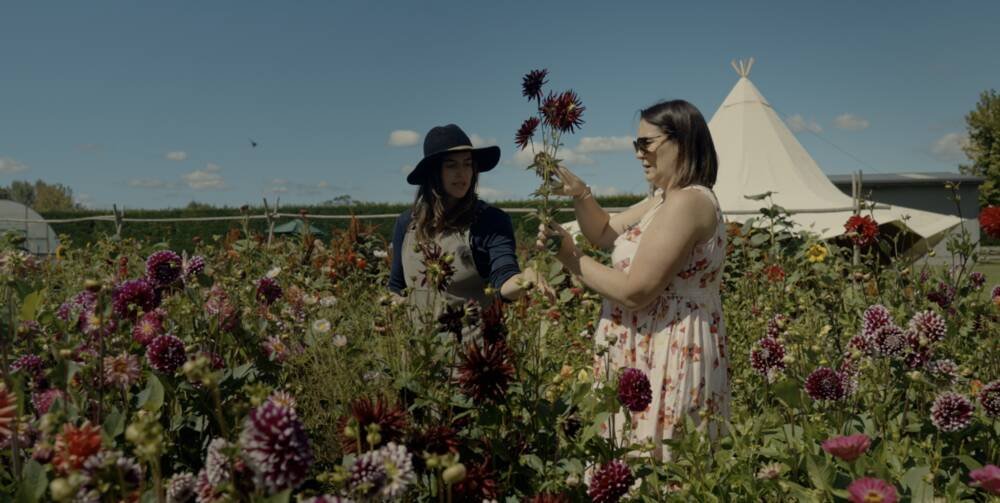

“I am passionate about bringing people into nature-based spaces so that they can really connect with nature,” Brit highlights. “We do that by growing flowers, and we only grow flowers for our community.
“We grow them for picking so people can come onto our farm, and then get a bucket and wander around the garden and be part of it. We've strategically placed the flower beds so that they're weaved amongst the vegetable beds.
“It's not like your flower farm's over here and your veggie farm's over here and they're quite separate entities,” she points out. “It's quite an intertwined space so that when people are walking and picking their flowers, they see the bees, the butterflies, and they see the cabbages growing and the basil and they know that it's an organic farm.
“They start to visualise and actually have that little connection with nature. That's why we do that. I like to think of it as lighting a little nature flame inside of them when they come into the space.
“We also run events as well. We collaborate with other local businesses to build more community around that. We run yoga mornings, ‘build your own planter box’ workshops, pottery workshops, a watercolour painting one where people can pick flowers from the garden and veggies and paint a watercolour picture, and stuff to unlock that creative flair in the child of people. I think that has a really important place with that connection to nature.”
Learning to adapt and respond

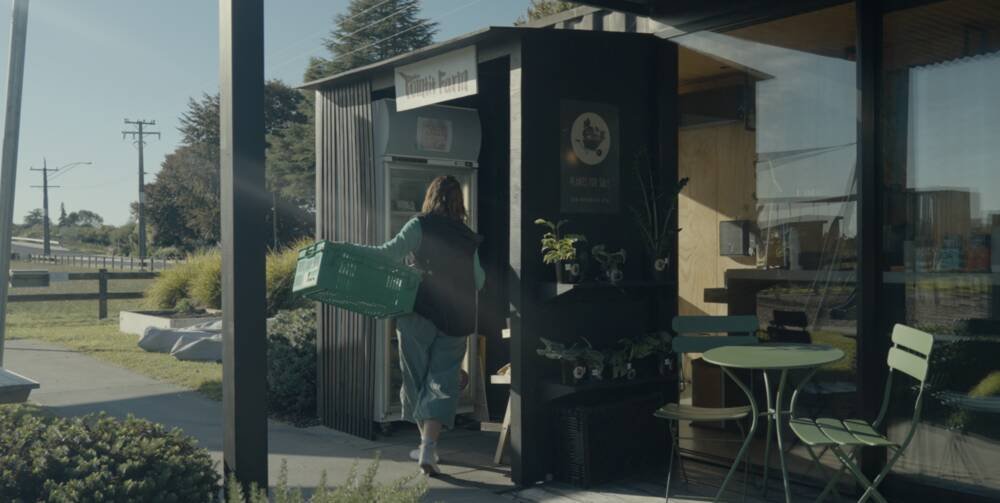
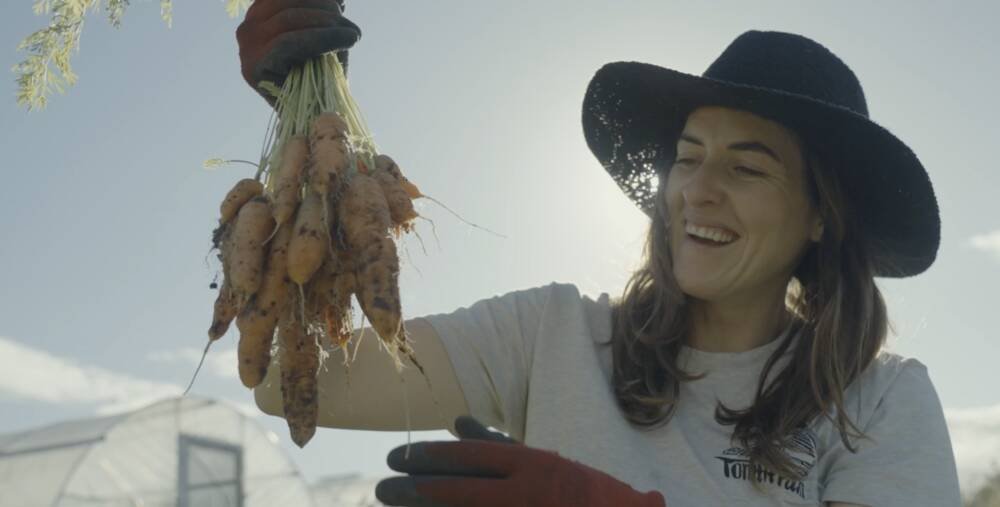
“The most challenging barriers? You can always start with the weather! It's always going to be a barrier in farming and growing food - you're at the mercy of weather.
“We've definitely had some challenges when it comes to crippling frosts and cyclones that can kind of wipe out your garden. Also learning and figuring out what grows in the specific environment as well. That's definitely been a learning curve,” Brit admits.
“Every area within New Zealand is completely different. Understanding our market and understanding our consumer behaviour. Building confidence as a farmer in your customer base is a real challenge. Especially when it comes to a CSA or subscription based model, where customers are committing to us as a farmer for a long period of time without knowing who we are.
“We really had to build that trust before we could take on a huge community. CSA in New Zealand is a bit of a foreign concept. It's big overseas, but even now we're still articulating and communicating what it is, and I think that will take a bit of a mind shift,” she adds.
“For a farmer to consider a CSA, I would say that it is the best business model, because you have a direct relationship with your consumer, there's no middleman. You get 100% of the margin. You can choose how far your food travels and how easy and convenient you want to make that for yourself.
“You have a guarantee that all the food you're growing for that season is going to get sold. You're not going to have any waste, you don't have to worry about price fluctuation and you set the price at the start of the season. That price stays the same.”
From experimentation to fine-tuning
“Looking back now, I probably wouldn't have got so excited by growing heaps of different varieties at the same time or within the same season without having much experience. For example, I think one of our first summers we grew 40 different heirloom tomatoes. Which was fun, but not knowing each one it can be a bit chaotic and you don't grow quality.
“But I needed to do that to figure out what varieties work best,” Brit continues. “Also, the same with planting as well - understanding my season. When we first started growing I planted a whole lot of beans and by the time they got off they got smashed by frost straight away. I didn't quite understand the seasons.
“All of that comes with experience as well. Now we're going to really fine-tune the things that work for our community That work for us as a farmer and add the most value.
“I think that the more growers like me in community spaces, the better. The more local farmers who want to feed the community and keep food production within the area so it doesn't have to travel from outside of regions, is the future. Working together is definitely the way that we're going to change the food system.”
For more information, visit the Tomtit Farm website.
Related content on: marketing, community
Disclaimer: The information, opinions and ideas presented in this content is for information purposes only and does not constitute professional advice. Any reliance on the content provided is done at your own risk. (click here to view full disclaimer).
